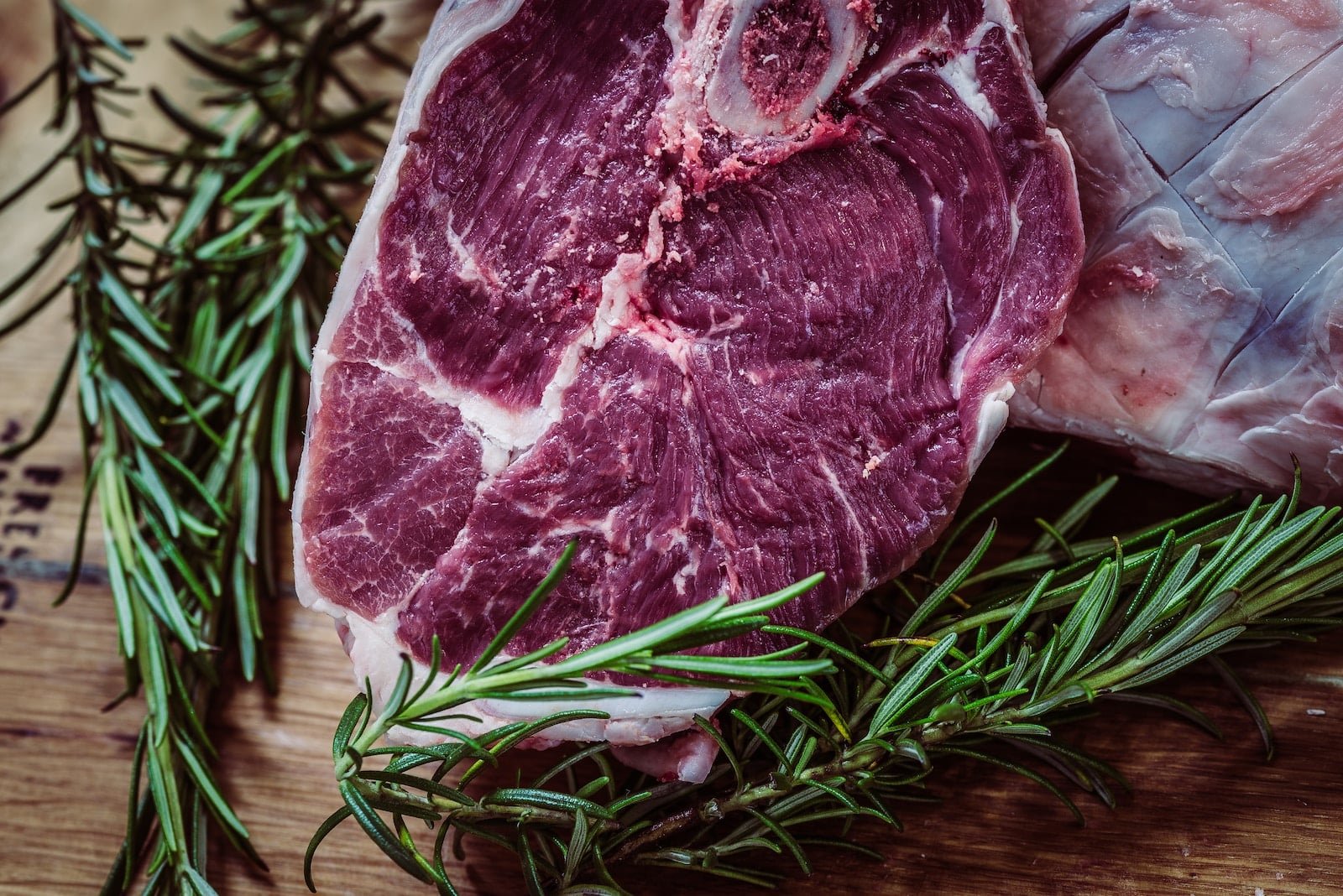Bison is growing in popularity for its rich flavor and nutritional benefits. Lower in fat and calories than beef, bison is an excellent source of protein, iron, and vitamins B6 and B12. However, improper handling of raw bison can lead to foodborne illness. The Centers for Disease Control and Prevention (CDC) estimates that contaminated foods cause 48 million illnesses, 128,000 hospitalizations, and 3,000 deaths each year in the United States. To enjoy healthy and delicious bison risk-free, it’s important to defrost it safely.
This article outlines proper techniques for defrosting bison meat at home. Consider it your guide to feel confident selecting, storing, and preparing bison for your family’s meals.
Freezing allows you to buy fresh bison in bulk when prices are lower and defrost just what you need for each recipe. But why is defrosting necessary? According to the United States Department of Agriculture (USDA), defrosting is critical for even cooking and food safety.
Cooking frozen bison can result in uneven doneness. The outside may get overcooked while the inside remains undercooked. Undercooked meat increases the risk of foodborne illness from bacteria like E. coli. Thorough defrosting ensures bison cooks evenly to a safe internal temperature that kills potential pathogens.
When defrosting bison, the goal is maintaining temperatures of 40°F or below as it transitions from frozen to thawed. The USDA recommends three safe methods: in the refrigerator, in cold water, or in the microwave.
Defrosting bison slowly in the refrigerator is the USDA’s preferred method. Place frozen bison on a tray to catch any drips as it defrosts. Allow about 24 hours for every 5 pounds of frozen meat.
The refrigerator maintains bison at a safe temperature under 40°F throughout defrosting. Once thawed, it can be refrigerated 1-2 days before cooking.
For faster defrosting, submerge airtight wrapped bison in cold water, changing the water every 30 minutes until thawed. Make sure frozen bison is sealed in a watertight bag if it’s not already well-wrapped.
According to the USDA Food Safety and Inspection Service (FSIS), cold water defrosting ground bison or thin cuts should take no longer than 2 hours. Defrosting larger roasts may take up to 6 hours. Cook bison immediately after it’s fully defrosted.
Defrosting bison in the microwave is the quickest method. But you’ll need to monitor it closely and cook it immediately after thawing because some areas can become warm and breed bacteria.
Follow these tips for microwave defrosting:
Defrosting 1-5 pounds of ground bison or thin cuts takes about 5-10 minutes. Bison roasts may take 15-20 minutes per pound. Cook bison right after microwaving.
These hazardous practices can lead to foodborne illnesses when defrosting bison:
Following proper refrigerator, cold water, or microwave defrosting methods makes enjoying bison easy and safe. Defrosting is a key first step to ensure even cooking and elimination of harmful bacteria.
These USDA-approved guidelines equip you to handle bison confidently. Impress your family by cooking up bison burgers, stew meat, grilled bison flank steak, and more.
Here’s a quick summary of safe bison defrosting practices:


